Coastal forest at Labrador Nature Reserve, home to critically endangered species, to be restored
More than 5,000 native trees will be planted in Labrador Nature Reserve as part of the new forest restoration plans.
SINGAPORE: A 2.5ha coastal beach forest in Singapore's Greater Southern Waterfront will be restored as part of a new Forest Restoration Action Plan for Labrador Nature Reserve.
The plan will also see the development of a new Keppel Coastal Trail from 2022, the National Parks Board (NParks) announced on Sunday (Nov 7).
Together, the coastal beach forest and trail will act as an "important" physical and ecological buffer for an adjacent 10ha coastal hill forest, said NParks.
Calling the coastal hill forest "one of the rare and unique habitats" in Labrador Nature Reserve, NParks said the forest houses some "very rare" species of plants that are tolerant to salt exposure and poorer soil conditions.
The ecological and climate resilience of this core habitat will be further strengthened by the restoration of the coastal beach forest, the authority added.
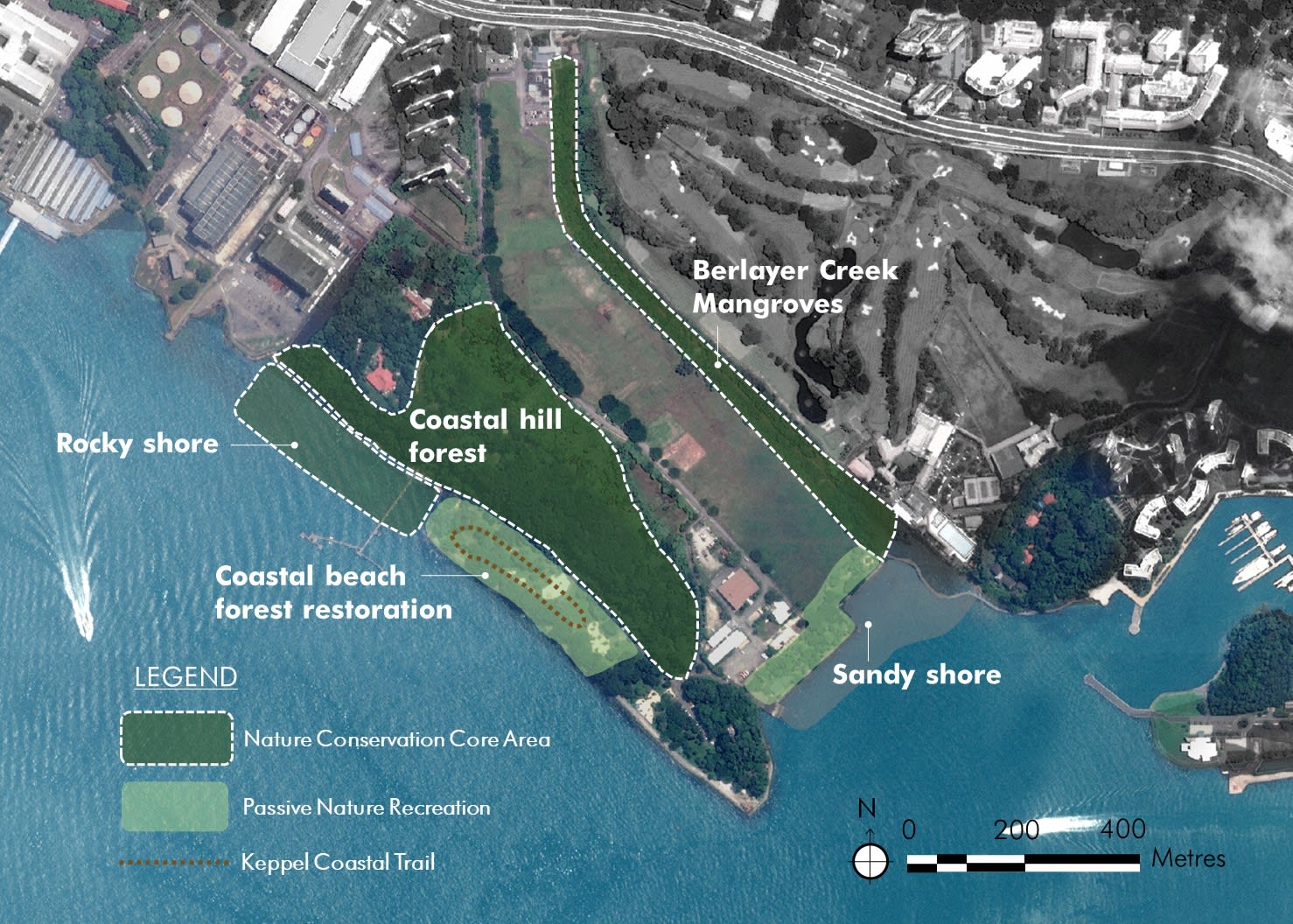
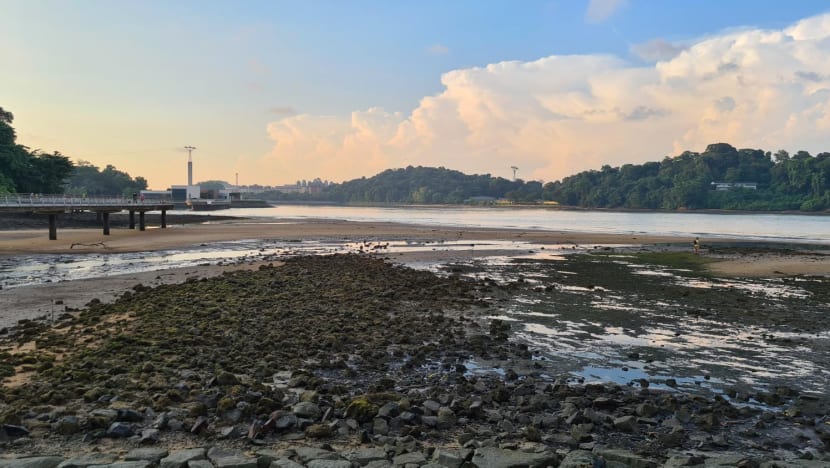
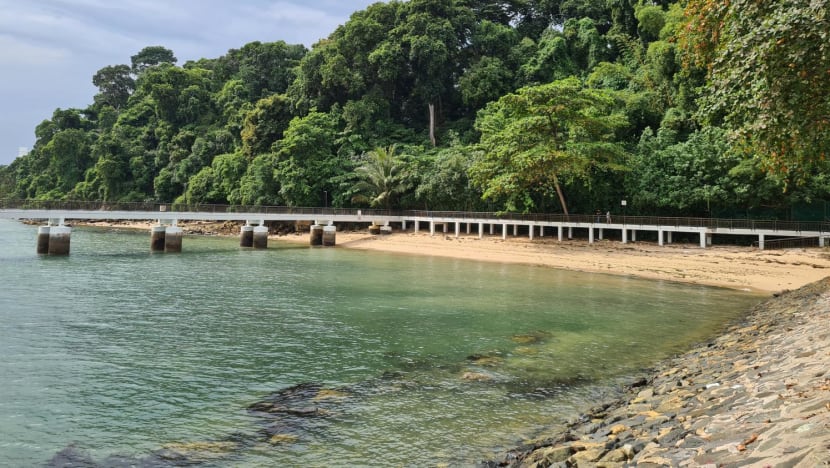
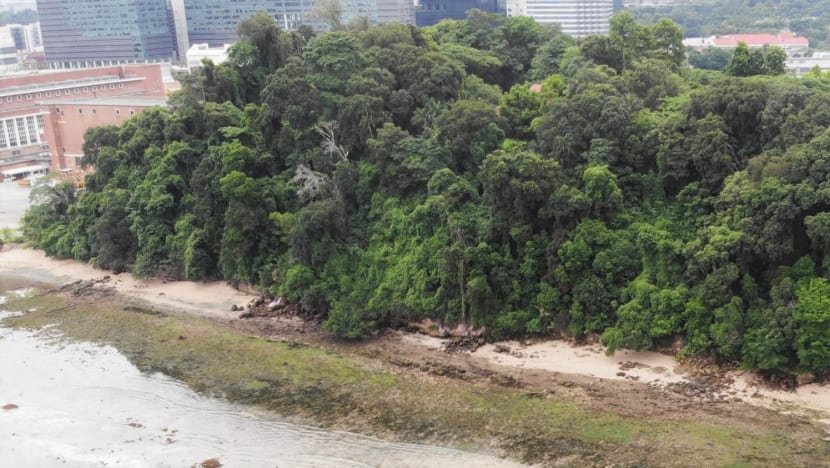
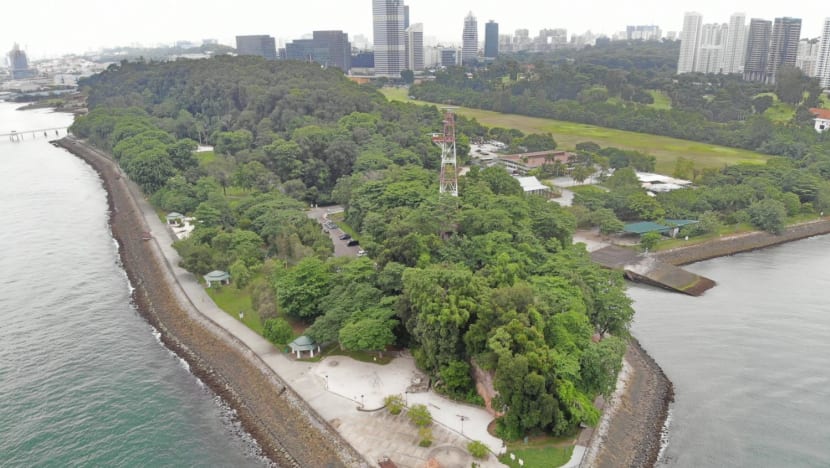
As part of the restoration, about 5,000 native trees that are suited to the coastal forest environment will be planted in the area, said Minister for National Development Desmond Lee on Sunday.
These trees will provide food and shelter for native species and strengthen the resilience of the ecosystem, said Mr Lee.
Labrador Nature Reserve is home to more than 100 bird species and 15 mangrove species, including critically endangered species like the straw-headed bulbul, he added.
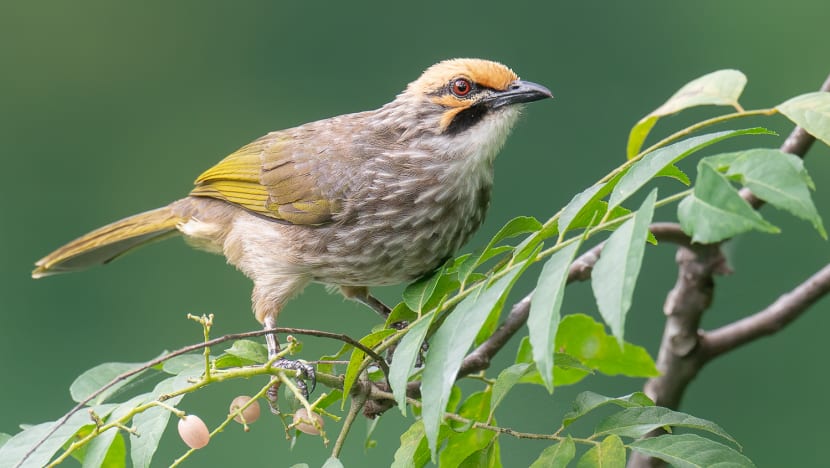
In conjunction with the forest restoration efforts, "compatible" recreational uses will be relocated from core areas to the buffers.
"There will continue to be opportunities for passive nature recreation, such as educational walks along nature trails, as well as for other recreational activities, at areas further away from the core areas such as the entrance area," said NParks.
Restoration efforts will also extend into the sea, it said, adding that Labrador Nature Reserve contains the last remaining natural rocky shore on mainland Singapore and is home to a wide diversity of marine species.
The "rare and unique" habitats of Labrador Nature Reserve
Labrador Nature Reserve comprises two habitats that NParks has characterised as "rare and unique". They are among the last few remaining patches of such habitats on mainland Singapore.
These are a 10ha coastal hill forest and a rocky shore. The 2.5ha coastal beach forest that will be restored lies between the hill forest and the sea.
These habitats contain a rich variety of flora and fauna, including more than 100 bird species, 41 butterfly species, 15 mangrove species and four seagrass species.
COASTAL BEACH FOREST
The coastal beach forest will be planted with native coastal species, including the locally critically endangered penaga laut and sea teak.
Aside from being an ecological buffer for the coastal hill forest, the plants in this area are also a source of food and shelter for animals, especially pollinators and dispersers such as birds, bats and butterflies.
ROCKY SHORE
The rocky shore of Labrador Nature Reserve is notable for being the last remaining natural rocky shore on mainland Singapore.
The habitat comprises coral rubble, sandy substrates and seagrass beds, with rich intertidal faunal diversity, says NParks.
Intertidal surveys have recorded a wide variety of marine species, including blue-spotted fantail rays, eagle rays and blacktip reef sharks.
COASTAL HILL FOREST
The coastal hill forest houses plants that grow on land next to the sea and are tolerant to salt exposure and poorer soil conditions, including some very rare species, said NParks.
Native species, including the critically endangered broad-leaf fern, are being planted on its slopes. The edges of the forest are also being extended through the planting of native coastal plants.
The Keppel Coastal Trail, for which Keppel Corporation has made a S$1 million contribution, will weave through the coastal beach forest, providing views of the and information boards about coastal habitats, said NParks.
Beyond the restoration efforts, the Government will also study how to enhance connectivity between the nature reserve and its surrounding green areas, said Mr Lee.

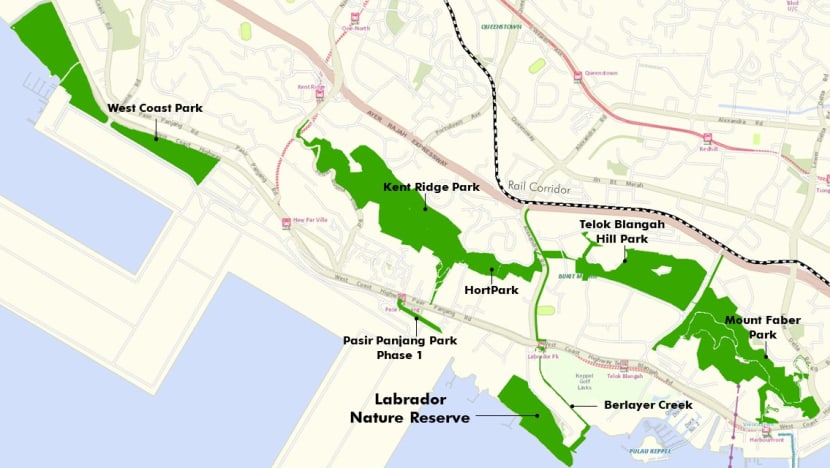
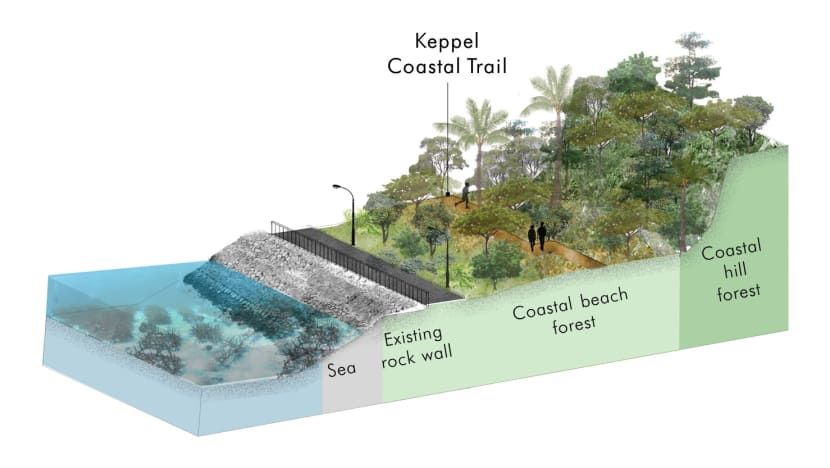
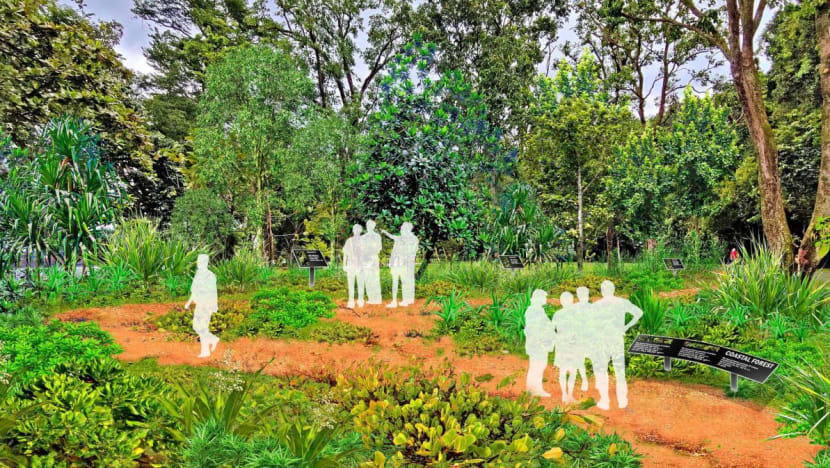
Mr Lee announced the restoration plan for Labrador Nature Reserve on the occasion of the 50th anniversary of Tree Planting Day, which was established by former Prime Minister Lee Kuan Yew.
"As a very small city-state, we face intense land-use challenges, as we seek to balance the many needs of a country, within the limits of our city," he said.
"And as our people's aspirations grow and as our society evolves, we will need land to provide even more housing, healthcare and other amenities."
Singapore's ambition to be a "City in Nature" involves "finding more innovative ways to weave nature into the fabric of our city", said Mr Lee.
"(This is) so that nature can thrive right in the heart of our city-state, and for Singaporeans to enjoy the benefits of nature for generations to come."
The Forest Restoration Action Plan for Labrador Nature Reserve sets out future restoration efforts up to 2030.

















